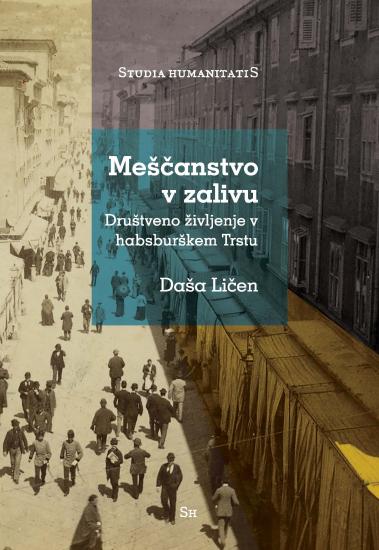
Author:
Daša Ličen
Year:
2023
Based on a detailed analysis of selected voluntary associations, the book sheds light on the dynamics of myriad social and cultural processes as experienced by Trieste’s bourgeoisie between 1848 and 1914. In this period, the life of voluntary associations could hardly be separated from the life of the social elite, especially in a prominent city with no institutions of higher education. In the book, the city’s past is depicted not as a puzzle of opposing national entities, but as a world unto itself, determined by regional, linguistic, gender, professional, and, above all, class identifications. In the complex environment of late Habsburg Trieste, national affiliation was only one of many identifications. To some extent, the life of the Triestine bourgeoisie was nationally conditioned, as shown in those chapters of the book which discuss the influence of rising national movements. Crucially, however, this book shows that class affiliation has divided the inhabitants of Trieste more than any other social demarcation during this period. This insight enables a presentation of a more comprehensive view of Trieste’s bourgeoisie. To this end, the book focuses on features that were common to all members of the bourgeoisie, such as a taste for the exotic, a growing infatuation with pets, an integration into the rising global scientific scene, and a sudden care for hygiene.
-
Author
-
Publishing Houses:
Studia humanitatis, Založba ZRC
-
Publisher
-
ISBN
978-961-7145-12-0 (Studia humanitatis)
-
Year
2023
Language(s)
-
Specifications
paperback 13,7 × 19,5 cm 436 pages
-
Permalink